What is the channel effect? Why is there a channel effect? How to avoid the channel effect
Time to do concentration, obviously the parameters are all right, but is to make a very strange cup of coffee, but also sharp and light to drink, knock down a look pressed powder there is a hole, this is very amazing! Why is there a hole in pressed powder? Does this hole have anything to do with the concentrated taste?
Channel effect
There is a hole in pressed powder because of the "channel effect". The channel effect is that the inertia of water allows water to choose easy places to pass through, ignoring other pathways, water flows rapidly through cracks in the coffee pressed powder, resulting in thin, underextracted espresso. When this happens, a yellowing stripe is often seen in the coffee stream; sometimes the channel effect leaves a pencil lead-sized hole in the coffee cake.
The reason for the appearance of the passage?
Coffee beans
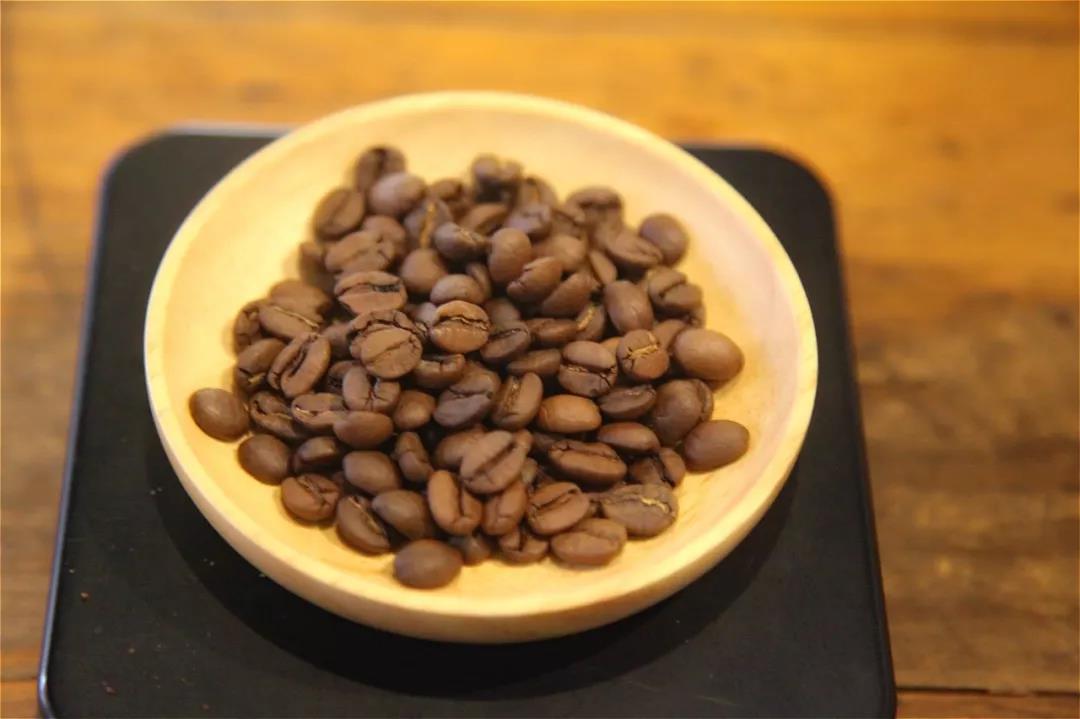
Yes, yes, beans can also affect the extraction state of coffee, especially the very fresh ones. Generally speaking, most of the beans we use to make Italian style are baked to a medium-deep level. the beans baked in medium and deep depth exhale exuberantly, especially when they come into contact with water, and they don't discharge carbon dioxide like hand flushing. These gases wrap the coffee powder, and the hot water can not extract the coffee powder, so it can only flow away from the edge. Then a channel will appear on the edge of the pressed powder.
Powder quantity

The channel effect is easy to occur if the powder quantity and bowl capacity are not the same. After all, there are two main reasons for the channel effect-the top space (that is, the space between the surface of the coffee pressed powder and the brewing head) and the grinding thickness of the coffee powder. If the amount of coffee powder used is less, in order to get the appropriate extraction rate, the coffee powder should be ground a little bit, but in fact, it is easy to cause the coffee powder to agglomerate, and the probability of channel effect will be greatly increased; and because the distance between pressed powder and the brewing head is too large, the hot water is easy to flow away from the edge, only the substance on the surface of the coffee powder is extracted.
Receive powder and cloth powder
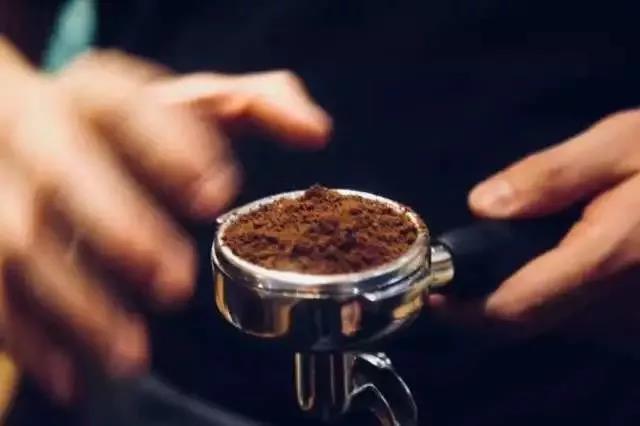
Receiving powder and cloth powder seems to be just an unimportant action, but if it is not done well in the steps of powder receiving and distributing powder, it will make the density distribution of the powder layer uneven, resulting in uneven thickness of pressed powder, different speeds of hot water passing through different positions during extraction, and easily lead to pressed powder perforation and channel effect, resulting in insufficient extraction of part of pressed powder and over-extraction of part of it.
Pressing powder

If the strength is not the same when pressing powder, then the pressure will be uneven, pressed powder is crooked, and then hot water can easily flow from high to low, from places that are easy to pass, creating a channel.
How to avoid the emergence of channels?
1, reduce the exhaust of coffee, increase the time of growing beans, so that the oxidation reaction of coffee beans gradually smooth, the flavor will become more balanced. Choose good coffee beans to make concentrated, generally our beans will be recommended for 10 days, at this time the coffee gas emissions are almost, more stable, will not appear as violent exhaust as at the beginning.

2. Choose the right amount of powder in the powder bowl, so as to avoid the channel effect caused by the inappropriate amount of powder. How do you know the capacity of your powder bowl? We usually fill the powder bowl with powder and flatten it to get the amount of powder we can hold.
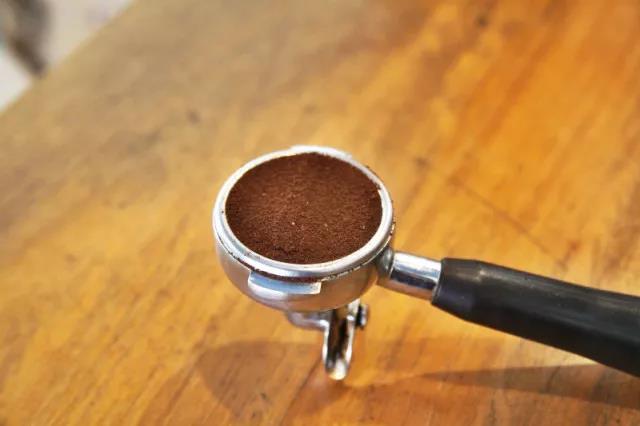
3. Rotating powder. No matter whether your bean grinder is dialed by hand or straight out, as long as the coffee powder does not fall completely vertically, the powder layer will still show a certain degree of deviation under the influence of lateral acceleration, such as when pulling the powder by hand. the effect of a hard pull is certainly different from that of a gentle pull-the harder it is, the more to the left.
At this point, it is necessary to keep the powder at a uniform speed and rotate the handle at a uniform speed to keep the powder evenly distributed to different positions of the powder bowl-of course, it is impossible to be absolutely uniform, but at least it is much better than fixed powder.
4. Cloth powder. Spread the coffee evenly in the whole powder bowl before pressing the powder, not only the surface is smooth, but also the interior and edge of the powder bowl should be evenly spaced. Here, by the way, I would like to mention several methods of cloth powder:
I. the method of scraping flat cloth powder

The method of scraping flat cloth powder has three sharp tools: powder bin cover, bamboo and fingers. The method of scraping flat cloth powder is one of the most common and earliest contact methods for beginners. It usually cooperates with the movements such as pushing back and forth, and is divided into "square cloth powder" scraped around and left and right, "rotary cloth powder" scraped flat by 360 degrees, and so on.
Second, the method of tapping and knocking cloth powder lightly
Tapping and tapping are two movements, but they are usually used continuously. The palm quickly taps the bottom of the handle and shakes the powder pile evenly, supplemented by a straight up and down tap, which can effectively eliminate the large gap in the powder layer, make the coffee powder pile denser, and increase the amount of powder that can be contained in the powder bowl. But pay attention to tapping and patting! If you hit the pressed powder too hard, the bottom of the pressed powder is too stocky, coupled with the pressure exerted by the top powder hammer, it will make the density of the top and bottom of the coffee pressed powder uneven, or easy to extract unevenly and produce channel effect.
Third, the method of appliance-assisted cloth powder
When it comes to auxiliary cloth powder, of course, each shows his or her magical powers. According to all kinds of artifacts on the market, there are mainly several kinds: ① stirring or shaking well; ② smoothing the surface; ③ sieve dispersion; ④ rotating distribution.
5. Pressing powder. The pressing powder is to tighten the loose coffee powder through a certain amount of pressure so that the pressurized hot water can penetrate evenly.
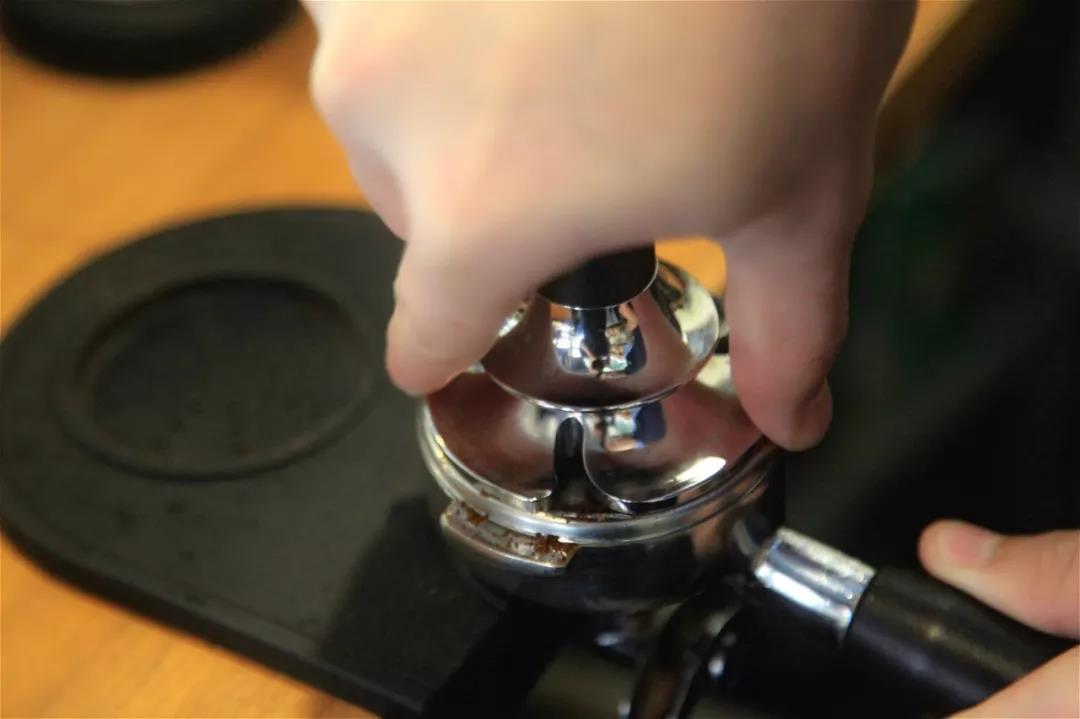
Press the powder uniformly and vertically, as for the strength of the powder and what kind of hammer you use, it doesn't matter much, as long as you press the powder tightly. Therefore, it is all the more important to keep the powder pressing force consistent every time. However, it is important to note that the powder hammer has to match your powder bowl. If the powder bowl does not match, it will cause some coffee powder not to be pressed, and it will be easy to produce channels during extraction.

In fact, the reason for producing the channel, excluding the beans, is that the powder, cloth powder and pressing powder are not uniform, so paying attention to these aspects when making espresso can avoid the emergence of the channel to a certain extent.
Important Notice :
前街咖啡 FrontStreet Coffee has moved to new addredd:
FrontStreet Coffee Address: 315,Donghua East Road,GuangZhou
Tel:020 38364473
- Prev
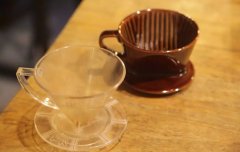
What is the difference between KONO filter cup and trapezoidal filter cup? How should I use the coffee filter cup?
Filter cups are roughly divided into two categories according to the principle of hand-brewing coffee, which can be simply understood as two functions of scrubbing and soaking. Scouring refers to stirring with tools such as water or stirring bars to strengthen the friction between coffee powder and water to make the substances in coffee powder dissolve in water; and soaking is to soak the coffee powder in water and use time to extract the taste. Different filter cups can make the same type of coffee beans
- Next
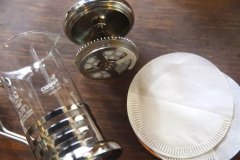
What's the difference between the French kettle and the Philharmonic press? Which is better, French kettle or Philharmonic?
They are also convenient and fast coffee brewing utensils, with a French kettle and Philharmonic pressure in their names. What's the difference between the two? Today, the editor is going to make a comparison. What is the difference between these two kinds of instruments? Let's first get to know what the French kettle and the Philharmonic pressure are. The French kettle FrenchPress originated in France around 1850.
Related
- What is the meaning of lactic acid fermentation with coffee bean treatment?
- How to judge the state of foam by sound?
- How does the latte pull out the unicorn pattern? Come to get for a little trick to improve the flower pull!
- Will flower pulling affect the taste of the latte?
- Do you know the history of coffee?
- The difference between honey treatment and sun washing what is raisin honey treatment?
- What kind of milk can a novice use to make coffee foam to keep the foam longer? The correct method and skills of milking tutorial sharing
- Why do washed coffee beans taste sour? Flavor characteristics of washed Coffee
- Introduction to the skill of how to practice the size and height of water injection around the circle of hand-brewed coffee
- How do beginners practice coffee flower drawing from scratch?

